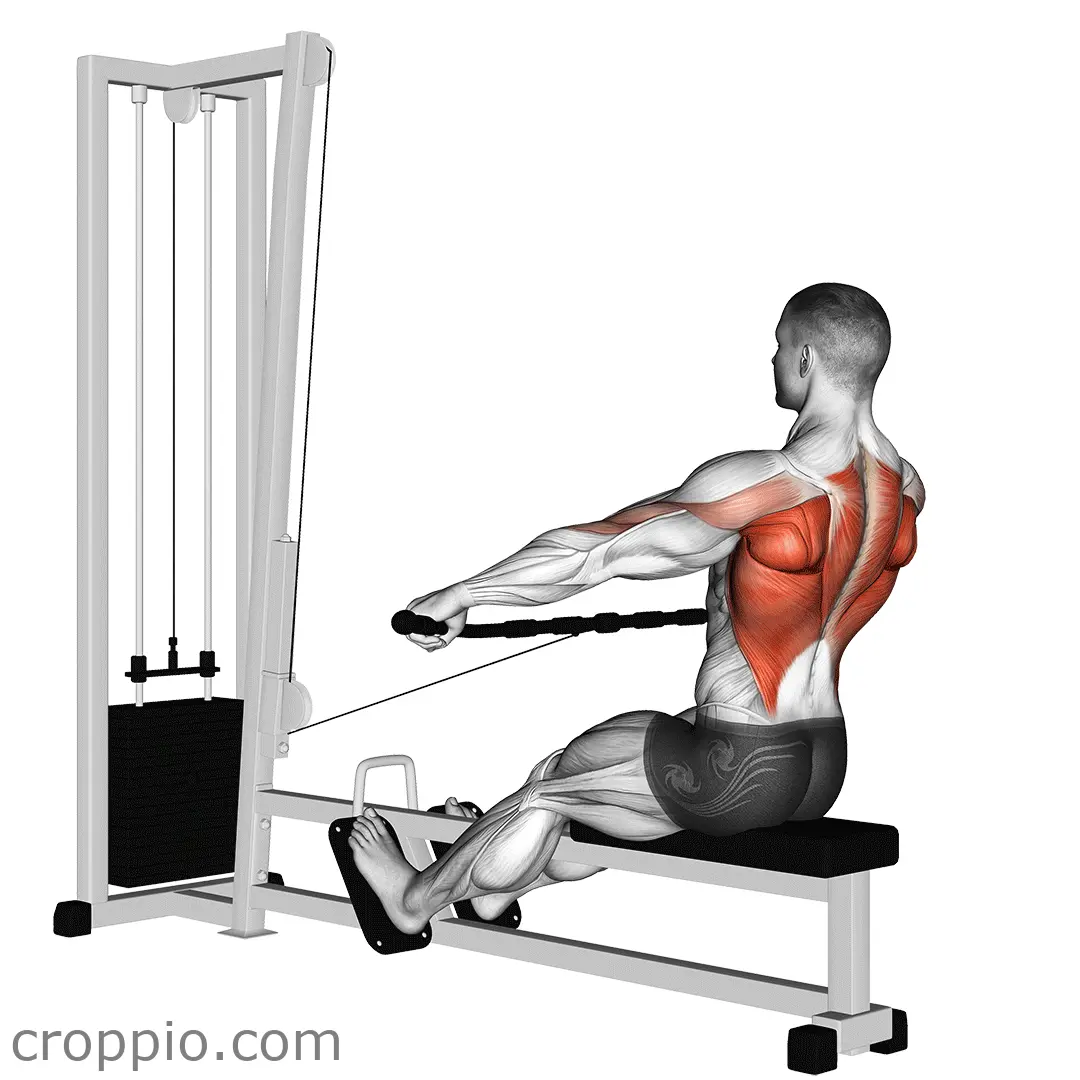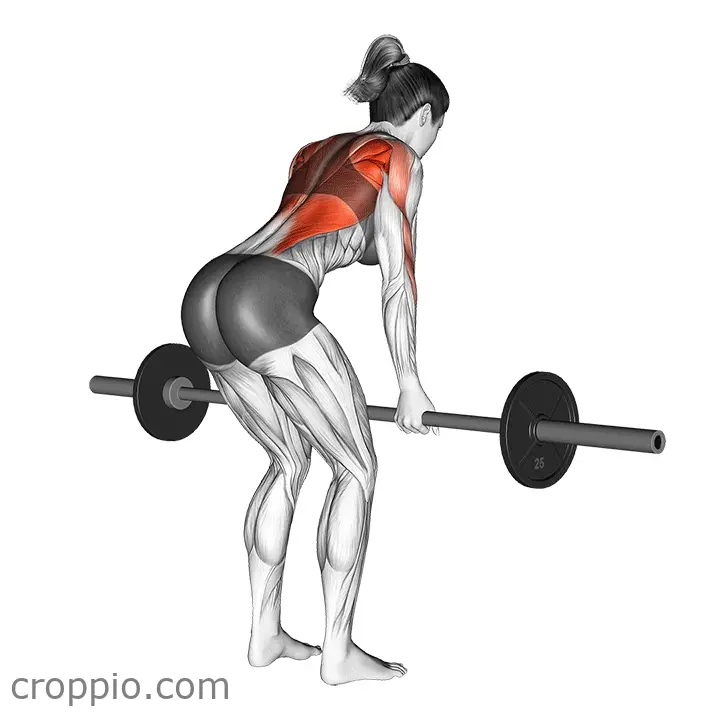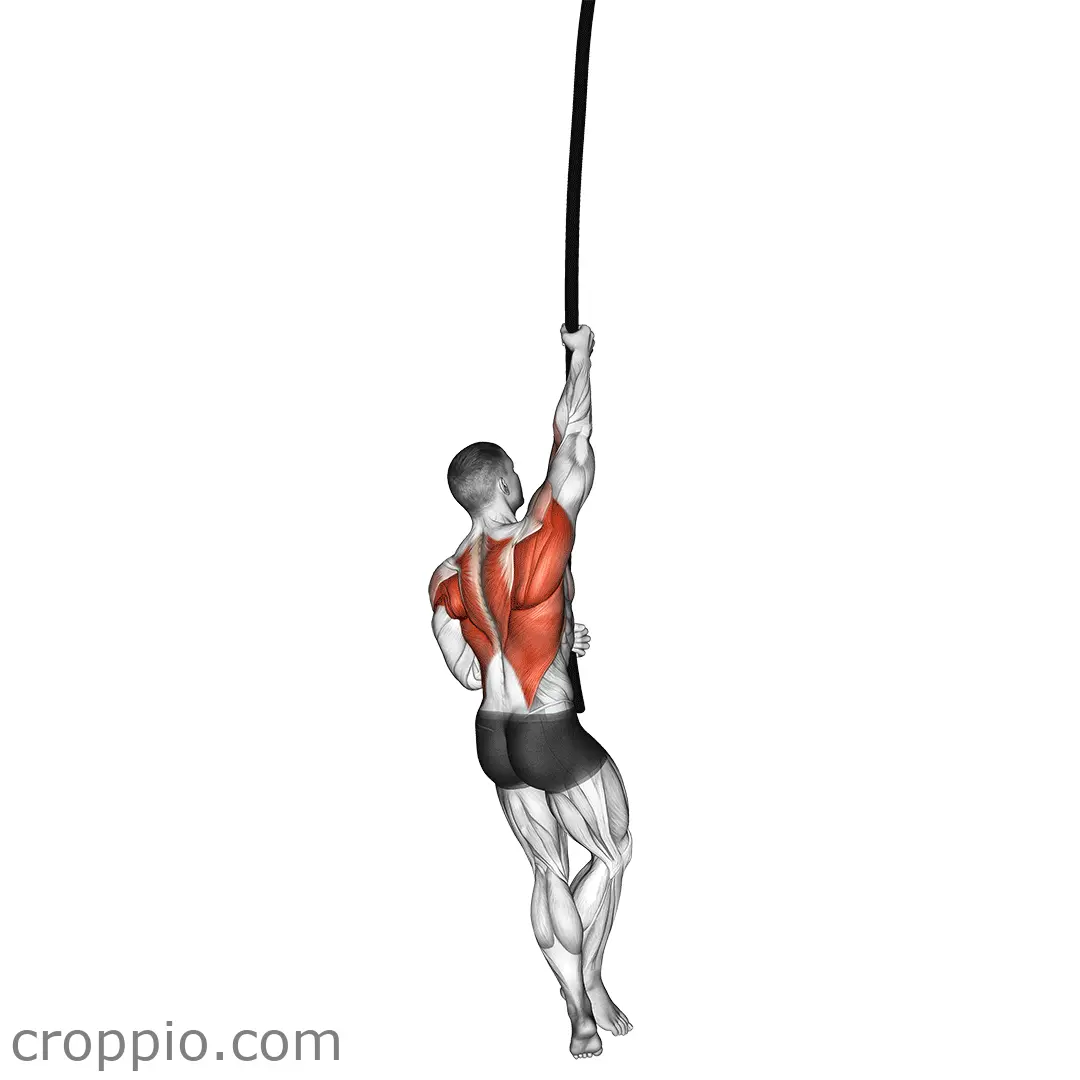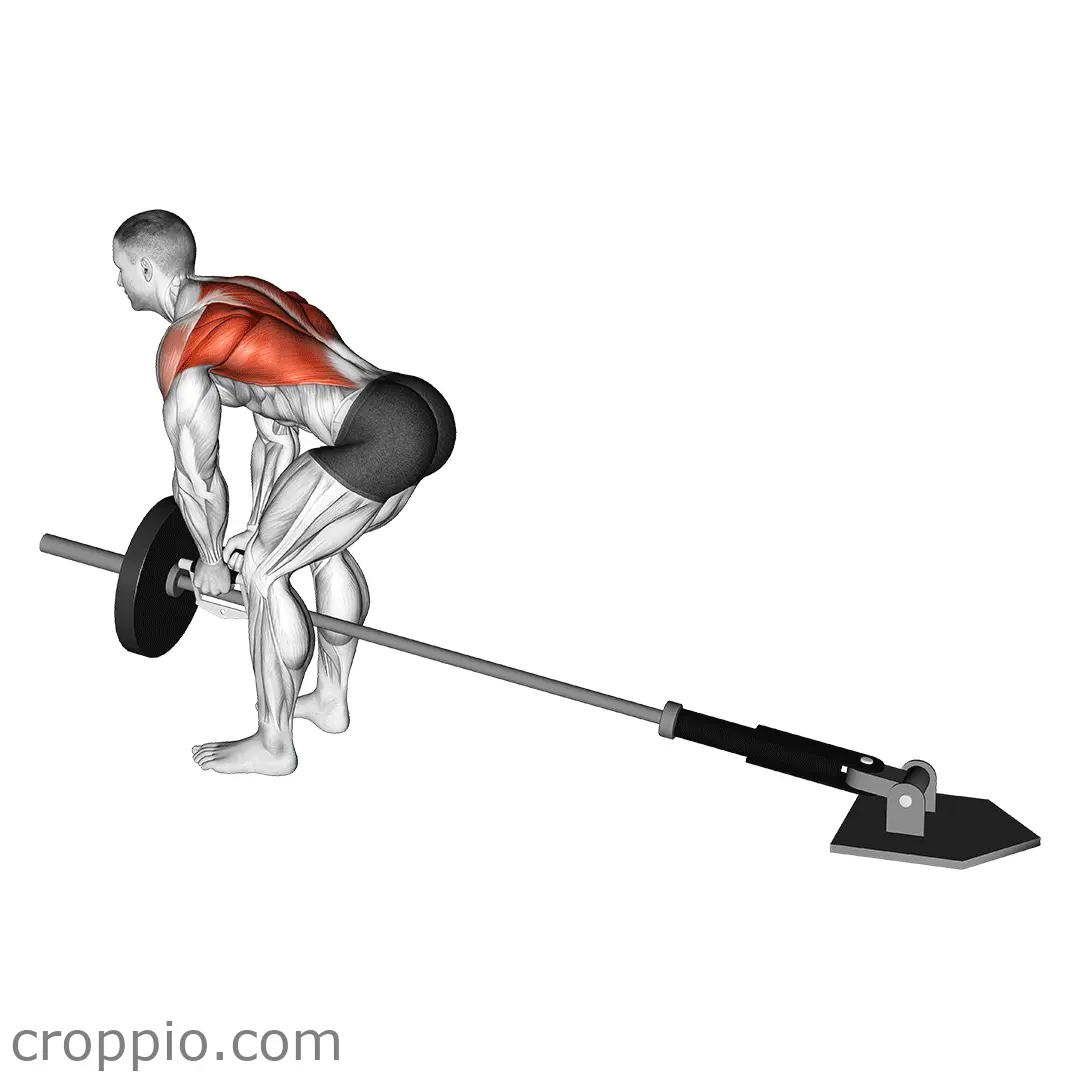One Handed T Bar Row
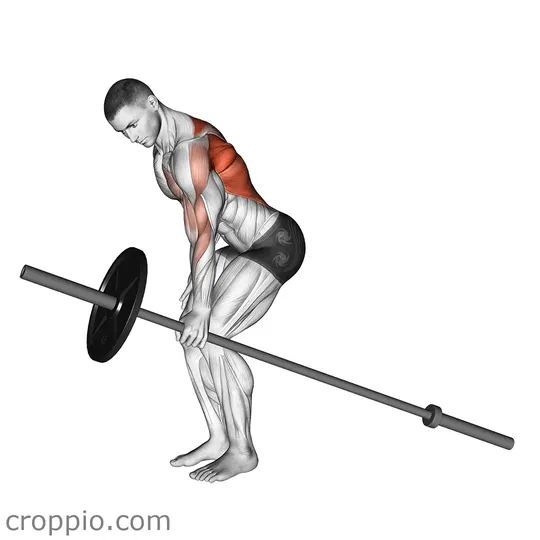
Muscles Involved
The one-handed T-bar row primarily targets the muscles of the upper back, including the latissimus dorsi, rhomboids, and trapezius. These muscles play a crucial role in pulling movements and overall upper body strength. Secondary muscles worked include the biceps, which assist in elbow flexion, and the rear deltoids, contributing to shoulder stability during the exercise. This combination makes the one-handed T-bar row an effective movement for developing a strong and defined back.
Top Mistakes
- Insufficient core engagement, leading to excessive back arching.
- Using momentum to pull the weight rather than controlled movement.
- Failing to maintain proper shoulder positioning, allowing them to overextend.
- Incorrect grip, resulting in wrist strain or ineffective pull.
Execution Tips
- Start by positioning the T-bar on a stable surface, ensuring the weight is secure.
- Stand with feet shoulder-width apart and grip the handle with one hand, keeping the opposite arm parallel for support.
- Engage your core and lean forward slightly at the hips while maintaining a neutral spine.
- Pull the handle towards your lower ribcage, keeping your elbow close to your body to maximize muscle engagement.
- Focus on a slow, controlled motion when lowering the weight to the starting position.
Workouts
The one-handed T-bar row can be seamlessly integrated into a strength training workout. Aim for 3 to 4 sets of 8 to 12 repetitions on each side, allowing adequate rest between sets. To enhance back development, consider pairing this exercise with complementary movements like pull-ups, bent-over rows, or lat pull-downs to create a balanced back-focused routine. Start with lighter weights to perfect your form and gradually increase the weight as you build strength.
Conclusion
Incorporating the one-handed T-bar row into your workout routine offers numerous benefits, including improved muscle strength, better postural alignment, and enhanced functional fitness. By focusing on proper technique and avoiding common mistakes, you can effectively develop the upper back while contributing to overall upper body power, making it a staple exercise for anyone looking to enhance their strength-training regimen.
